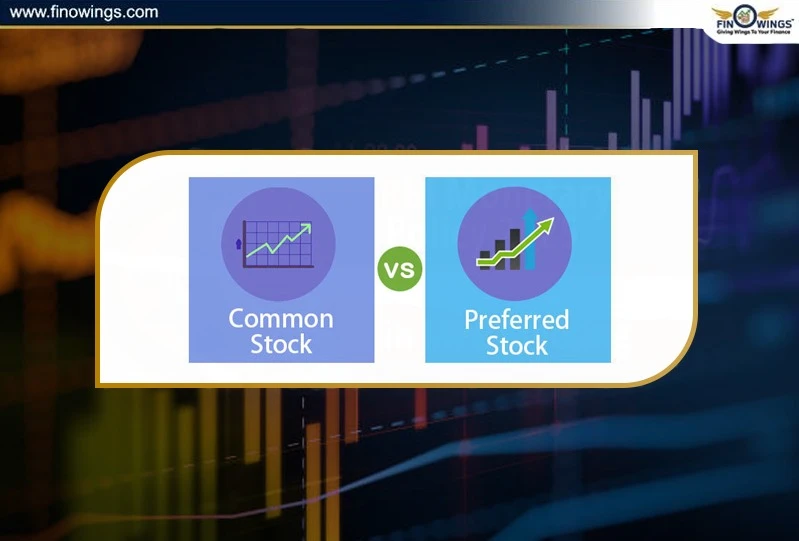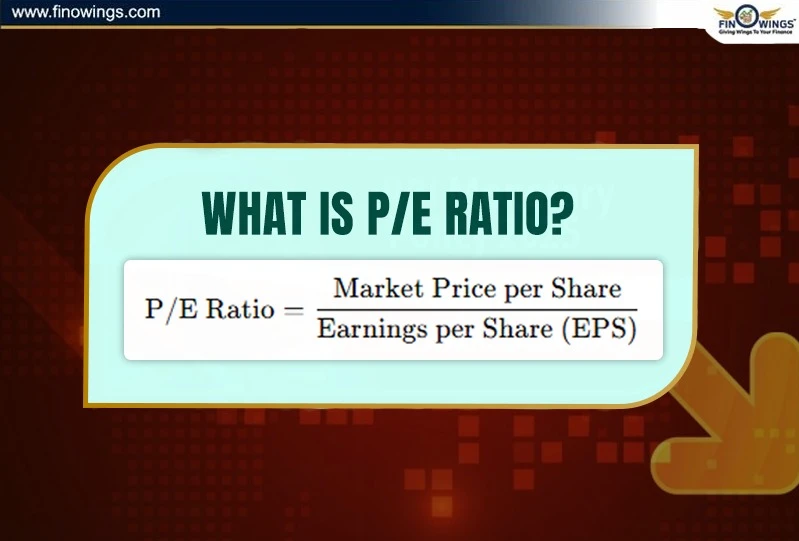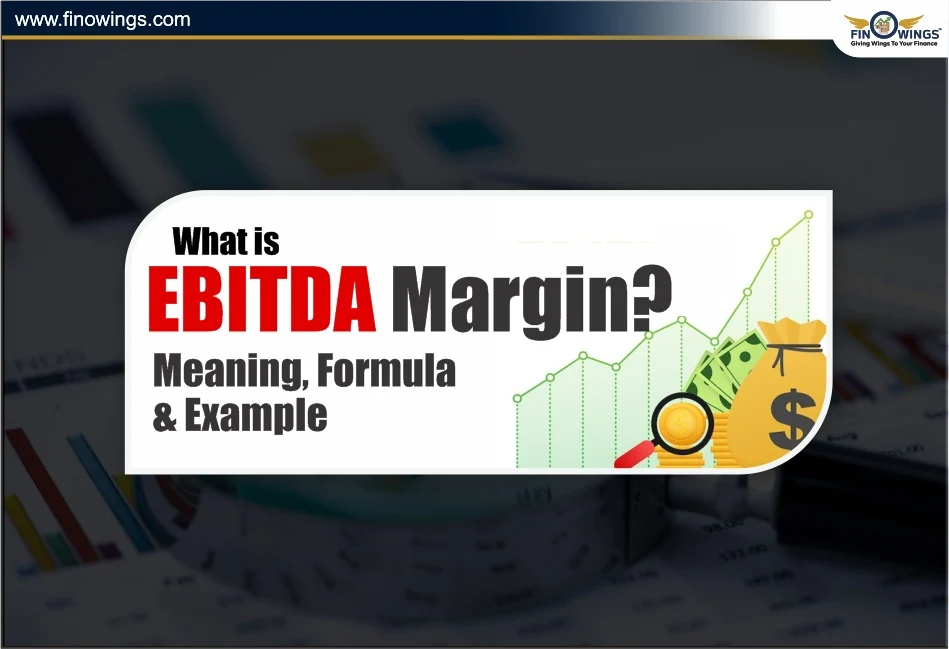Home >> Blog >> Common Stock vs Preferred Stock: Complete Comparison
Common Stock vs Preferred Stock: Complete Comparison

Table of Contents
- What Is Common Stock?
- What Is Preferred Stock?
- Key Difference Between Common Stock and Preferred Stock
- Common vs Preferred Shares: Detailed Analysis
- Advantages of Common Stock
- Advantages of Preferred Stock
- Disadvantages of Common Stock
- Disadvantages of Preferred Stock
- Who Should Invest in Each?
- Preferred Shares vs Common Shares: Real-World Example
- Conclusion
When you invest in a company, you can buy common stock or preferred stock. Both stock types mean ownership and, yet, differ in dividends, votes, and claims on assets.
When it comes to constructing a balanced portfolio, the difference between common stock and preferred stock is identifying whether an investment is for long-term growth or steady income.
The goal of this blog is to analyse, compare, and outline the benefits and drawbacks of common vs preferred shares.
What Is Common Stock?
Common stock (or ordinary shares) represents the basic ownership in a company. Common stockholders have the following privileges:-
-
Profit sharing (via dividends, if declared).
-
Voting rights on important upcoming corporate decisions, like mergers and the board of directors.
-
The right to claim leftover assets when a company is liquidated (after all the debt holders and preferred stockholders get their money).
-
In other words, having common stock ownership gives you a claim on all the company’s profits, but also the equity and risk that it carries.
-
e.g, if a company expands, the stock price can increase rapidly. But if it's a bad year, the losses will be taken by the company’s common shareholders first.
What Is Preferred Stock?
Preferred stock affords a shareholder a preference in dividends and liquidation claims over a common shareholder.
Preferred stockholders enjoy:-
-
Fixed dividends - Even before a common stockholder receives a dividend.
-
Liquidation preferences - When a company goes bankrupt, preferred stockholders get paid before common stockholders.
-
Limited or No Voting Rights - A preferred stockholder can’t vote on company matters.
Preferred stock is a hybrid security. It contains features of equity and debt as a stockholder, but will also receive fixed income like a bond would.
Key Difference Between Common Stock and Preferred Stock
Here is a simple comparison table explaining preferred stock vs common stock at a glance:-
|
Feature |
Common Stock |
Preferred Stock |
|
Ownership Rights |
Full ownership with voting rights. |
Ownership without (or limited) voting rights. |
|
Dividend Payment |
Variable or may not be paid every year. |
Fixed, regular dividend payout. |
|
Priority in Liquidation |
Last in line after creditors and preferred shareholders. |
Higher claim than common shareholders. |
|
Risk Level |
Higher risk, but potential for higher returns. |
Lower risk, but limited upside potential. |
|
Return Potential |
Capital appreciation over time. |
Fixed income plus stability. |
|
Convertibility |
Usually not convertible into preferred shares. |
Sometimes convertible into common shares. |
|
Volatility |
More volatile; reacts strongly to market sentiment. |
Less volatile; behaves like a fixed-income instrument. |
Common vs Preferred Shares: Detailed Analysis
1. Dividend Policy
Dividends to common shareholders are most often irregular as preferred shareholders are entitled to their dividends first. As company profits increase, the common shareholders will receive dividend payments.
Preferred stock is appealing to income-seeking investors since it has fixed and guaranteed dividends.
2. Voting Rights
Common stockholders enjoy policy-setting and board of director elections. This ability to vote is also how they influence company policies. Company policies are set without preferred shareholders since they do not receive voting rights.
3. Claim on Assets
In terms of liquidation payouts:-
Creditors → Preferred Shareholders → Common Shareholders.
So preferred shareholders are guaranteed some level of safety in liquidation scenarios.
4. Price Movement
The common stock price is the most volatile as it reflects market sentiment and is influenced by company performance and earnings growth. Preferred stock price is much more stable because it reacts to movements in interest rates and yields on dividends.
5. Convertibility Feature
Investors in preferred shares enjoy fixed dividends with the ability to convert to common shares after a certain time.
Advantages of Common Stock
-
Common stock shareholders can enjoy long-term capital appreciation.
-
Growth as potential equity.
-
This is also accompanied by voting rights.
-
Dividend Potential.
Example: You buy 100 shares of Company ABC at Rs. 2 and the stock goes to Rs. 4. Your investment has gained 100%.
Note: Preferred shareholders usually do not receive this.
Advantages of Preferred Stock
-
Steady Income - as a dividend stock you earn predictable dividends.
-
Higher Claim on Assets - More protection in case of bankruptcy.
-
Lower Volatility - You are shielded from the emotional reactions of the market. Like most common shares, the value of your stock does not change as markedly.
Example: A preferred share offers a 10% dividend/Rs. 10 shares case and Rs. 10.00 (entry) and Rs. 10.00 (exit) are. Be preferred and win dividends.
Disadvantages of Common Stock
Higher Risk - if a bankruptcy occurs, you will get paid last.
No Fixed Dividend - dividends do not shift equally.
No Volatility - causes large price shifts. Control.
Disadvantages of Preferred Stock
No Voting Rights - vote on stocks.
Limited Growth - minimal stock price growth when compared to common shares.
Interest Rate Sensitivity - When interest rates increase the yield on preferred shares will decrease.
Who Should Invest in Each?
|
Investor Type |
Recommended Stock |
Reason |
|
Aggressive / Growth-oriented Investors |
Common Stock |
Offers higher long-term returns through capital appreciation. |
|
Conservative / Income-seeking Investors |
Preferred Stock |
Provides steady dividends and lower risk. |
|
Balanced Investors |
Mix of Both |
Diversifies portfolio between growth and stability. |
For new investors, buying both common and preferred shares in a company can offer a good mix between growth and predictable returns.
Preferred Shares vs Common Shares: Real-World Example
Consider XYZ Ltd. for example:
Common Shares: Price Rs. 200, no fixed dividend, full voting rights.
Preferred Shares: Price Rs. 100, 8% fixed dividend, no voting rights.
If XYZ Ltd. does well, the common shares will increase in value to Rs. 300, and the investor will achieve a 50% capital gain. Preferred shareholders, on the other hand, will receive a constant dividend of Rs. 8 annually, and this will not change even if the company grows slowly.
This explains the difference in appeal of preferred stock vs common stock.
Conclusion
In an investor’s portfolio, both common and preferred shares are essential. Common stock is higher risk, but offers potential for long-term growth and ownership control. Preferred stock offers lower risk by providing stable income and priority protection, but has limited growth potential. You can develop a well-balanced investment strategy tailored to your financial goals and risk appetite by learning the difference between common stock and preferred stock.
To sum up:-
For growth, investors choose common stock.
For income, investors choose preferred stock.
For balance, investors use both.
DISCLAIMER: This blog is NOT any buy or sell recommendation. No investment or trading advice is given. The content is purely for educational and information purposes only. Always consult your eligible financial advisor for investment-related decisions.





.webp)













